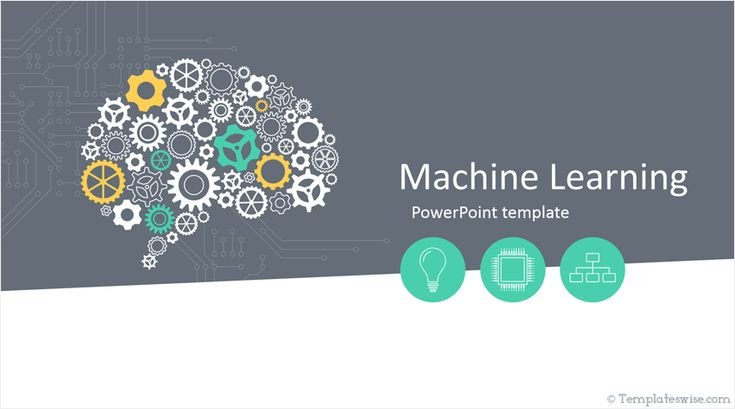Machine learning (ML) has rapidly become one of the most exciting fields in technology, powering everything from personalized recommendations to self-driving cars. As industries across the globe embrace AI and machine learning, many people are eager to dive into this field. However, machine learning isn’t something you can jump into without preparation. There are a few key prerequisites to master before starting your journey.
In this blog, we’ll explore the essential skills and knowledge needed to begin learning machine learning effectively.
1. Mathematics
Mathematics forms the backbone of machine learning. Without a basic understanding of key mathematical concepts, it’s hard to grasp how machine learning algorithms work. Here are the main areas you should be familiar with:
- Linear Algebra: Concepts like vectors, matrices, and matrix operations are essential since they’re used extensively in data manipulation and algorithm design.
- Calculus: Calculus helps in understanding optimization algorithms like gradient descent. Knowing derivatives and partial derivatives will help in tuning machine learning models.
- Probability & Statistics: These are critical for understanding data distributions, making predictions, and estimating the confidence of those predictions. Concepts like Bayes’ theorem, standard deviation, variance, and distributions are vital.
Tip: You don’t need to be an expert in these fields, but a solid understanding will give you the tools to better grasp machine learning models.
2. Programming Skills
At its core, machine learning involves coding, so programming skills are non-negotiable. While many languages support machine learning, Python is the most commonly used due to its simplicity and the extensive ML libraries available. Here’s what you should focus on:
- Python: Familiarize yourself with Python syntax and key libraries such as NumPy (for numerical operations), pandas (for data manipulation), and matplotlib (for visualization).
- R: Another popular language for statistical computing, often used in academic settings.
- Data Structures & Algorithms: Understanding common data structures (arrays, lists, trees) and algorithms (search, sorting) will help you implement machine learning models efficiently.
You don’t need to be a coding wizard, but you should be comfortable writing scripts and working with libraries.
3. Understanding Data
Data is the fuel for machine learning models. Before diving into algorithms, it’s crucial to understand how to work with data—cleaning, transforming, and preparing it for training machine learning models. Here’s what you need to know:
- Data Cleaning: Real-world data is often messy, incomplete, and noisy. Learning how to handle missing data, outliers, and anomalies is essential.
- Data Transformation: Before feeding data into an algorithm, it may need to be transformed (e.g., normalizing values, encoding categorical variables).
- Exploratory Data Analysis (EDA): EDA helps you understand your data better by using summary statistics and visualization tools. Tools like pandas, matplotlib, and seaborn are useful here.
4. Familiarity with Machine Learning Concepts
Before jumping into specific algorithms, it’s essential to understand some foundational machine learning concepts. These will guide how you approach problems and design solutions.
- Types of Machine Learning: Learn the difference between supervised learning, unsupervised learning, and reinforcement learning. Understand which type of learning is suited for different problems.
- Supervised Learning: Involves labeled data where the algorithm learns to predict outputs based on inputs.
- Unsupervised Learning: Works with unlabeled data and helps find hidden patterns.
- Reinforcement Learning: Involves training models to make a sequence of decisions.
- Overfitting and Underfitting: These are common problems when building models. You need to balance your model to generalize well without memorizing the data.
- Bias-Variance Tradeoff: Understanding how bias and variance affect your model’s accuracy will help you tune your algorithms for better performance.
5. Familiarity with Machine Learning Libraries and Frameworks
Once you have a grasp on data and algorithms, it’s time to get comfortable using machine learning libraries that simplify the development process. Some key libraries and frameworks include:
- Scikit-learn: One of the most popular libraries for implementing simple machine learning models, such as regression, classification, and clustering.
- TensorFlow and Keras: These libraries are ideal for building deep learning models like neural networks.
- PyTorch: Popular for research and production, especially for deep learning tasks.
These libraries contain pre-built functions and algorithms, allowing you to focus more on the logic and less on the heavy coding.
6. Domain Knowledge
While machine learning is a technical skill, having domain knowledge in the area where you’re applying it can make a huge difference. Whether it’s healthcare, finance, marketing, or another field, understanding the domain helps you frame the right questions, choose relevant features, and build meaningful models. Machine learning is rarely about just the algorithm—context matters.
7. Basic Understanding of Algorithms
You should familiarize yourself with some basic machine learning algorithms. These form the foundation of more advanced concepts you’ll encounter down the road. Here are a few common algorithms:
- Linear Regression: A basic predictive algorithm that models the relationship between a dependent variable and one or more independent variables.
- Logistic Regression: Used for binary classification tasks.
- Decision Trees: A tree-like model for classification and regression tasks.
- K-Nearest Neighbors (KNN): A simple algorithm that classifies based on the nearest data points.
- Support Vector Machines (SVM): Used for both classification and regression.
- Clustering Algorithms: Such as k-means, which groups data points into clusters based on similarity.
Once you understand these algorithms, you can move on to more complex models like neural networks and deep learning.
8. Version Control with Git
As you progress, managing code efficiently becomes essential, especially when working in teams or on larger projects. Learn the basics of version control with Git and GitHub. It will help you:
- Track changes in your code.
- Collaborate with others on machine learning projects.
- Maintain a repository of your work for future reference.





